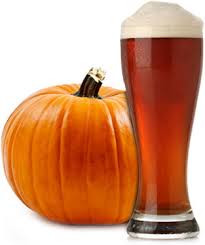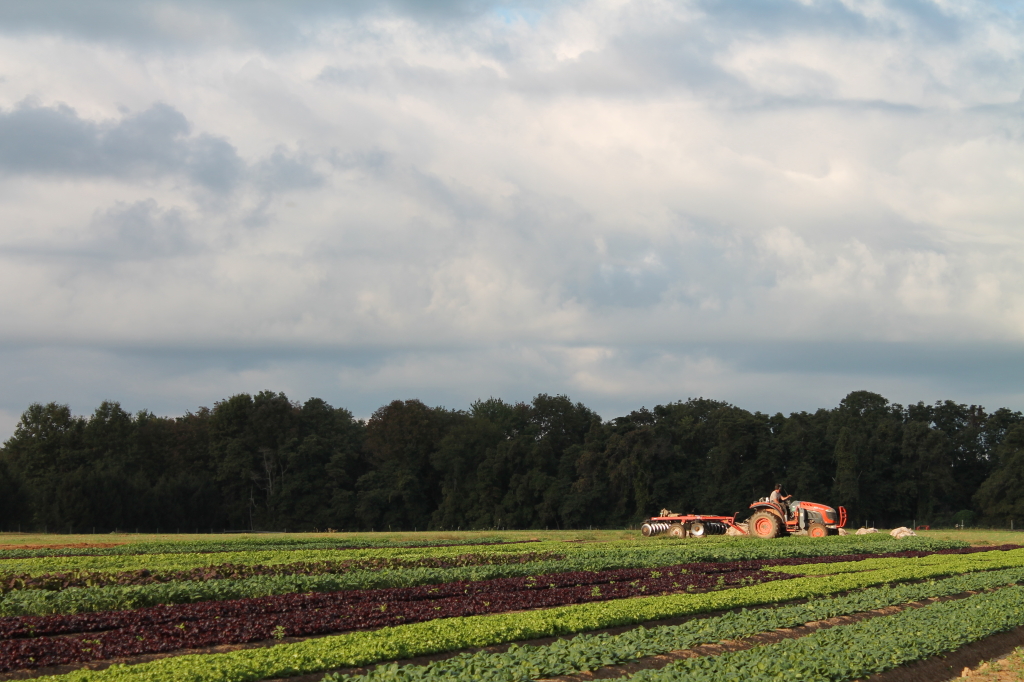7 Delicious Ways to Utilize Your Uncarved Pumpkin
Pumpkins are not just for breakfast anymore. Er, that is, they’re not just for decorating anymore. Or rather, after they’ve served their decorative purposes, you can use them in one or more of the following 7 delicious ways. (Not previously-carved pumpkins, though. Those are best tossed into your compost pile.)
Pumpkin puree is to pumpkin cuisine what the Founding Fathers are to the United States. Well, sort of. It’s the cornerstone of all things pumpkin, is what I’m trying to say. You can use it in oh-so-many-ways, from pies to pancakes to mac ‘n cheese. After removing the seeds and guts, halve your pumpkin and bake for 90 minutes in a dish with a little water. Then, scoop out the flesh and puree. Whatever you don’t use right away can be frozen.
Move over, Reese’s. Pumpkin candy is natural, easy-to-make, and utterly delectable. Boil a pound or so of cubed pumpkin until soft, add sugar and spices (nutmeg, cinnamon, ginger, and cloves), and continue boiling until sugar becomes syrupy. Let pumpkin cubes soak overnight in syrup, and then place on wire rack to dry. Your kids will LOVE you!
Nothing beats roasted pumpkin seeds. Not fame, not money, not sunflower seeds, not even kittens. They’re that good. After thoroughly cleaning pumpkin seeds, boil in salt water for 10 minutes, drain and dry, spread on baking sheet, drizzle with olive oil and spices, roast at 325 for 10 minutes, remove and stir, roast for another 8-10 minutes. And then get yourself a Roasted Pumpkin Seed Stand on your front lawn and watch the dollars roll in.
Most people don’t think pumpkin when they think hummus, which is why you’re better than most people. Only someone as staggeringly creative as you would think to incorporate a little pumpkin puree with your next batch of hummus, perhaps garnished with a few roasted pumpkin seeds. Serve with your favorite veggies or fresh pita or as a spread on your next sandwich. And luxuriate in the awareness that you are a culinary genius.
The other day I overheard someone complaining about banana bread. “I’m so SICK of banana bread,” this person said in a snooty tone. Well, pumpkin bread is NOT banana bread; it’s MUCH better. And it’s only really available once a year, so there’s no way you could ever get sick of it. Try this rockin’ vegan recipe. Or get fancy and make a pumpkin roll. And for god’s sake, quit complaining!
Look, you and I both know you’re never gonna brew your own pumpkin beer. It’s one of those things you’re always saying you’re gonna do—like canning or making pizza dough from scratch—but which always gets put off. But who knows, maybe things are different this time. Maybe—not this year of course—but next year, after you’ve honed your beer-brewing skills over the winter, you’ll get to it. Or maybe you’re better off making yourself an exfoliating pumpkin facial mask.
Just like apple butter but without the apples! Your friends will be all like, ‘Whoa, pumpkin butter!?’ Their eyes will sparkle with envy as they snap pictures of the bagels or toast or English muffins atop which they’ve lathered generous portions of your newest gastronomical creation. Those pictures will be uploaded to Instagram and Facebook, where they will be shared over and over, catching the attention of a Food Network talent scout who will offer you a lucrative 10-year contract hosting your very own cooking show. The End.












